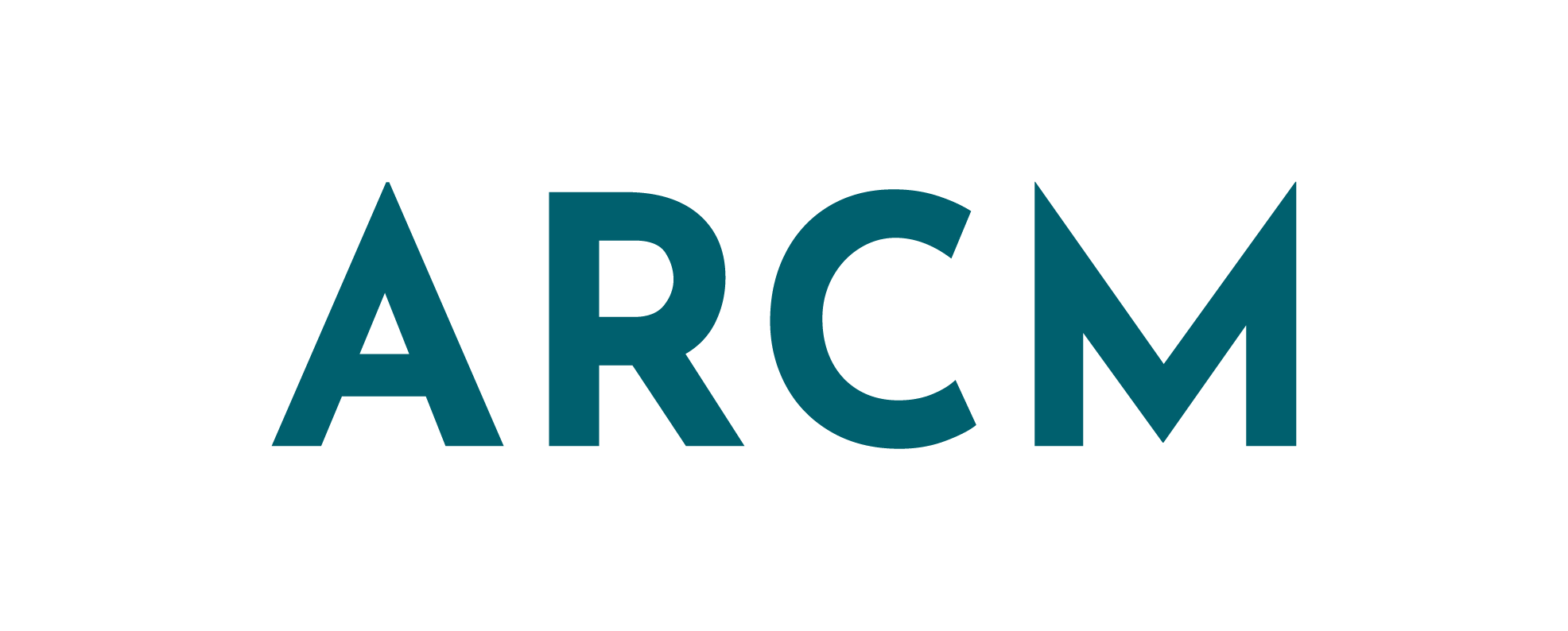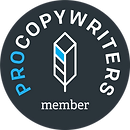This article was adapted from my newsletter Thursfar, Untitled. If you want to join 350+ writers, freelancers, and folks who want to learn more about content marketing and SEO, you can subscribe here.
That’s right, folks, she’s back with a bang. Your favourite sweary content marketing newsletter is here to explain to you lot what the fuck IA is, how it is everywhere, and why we need to think about it more.
Ever been to a store? Visited a website? Or been on a hike?
Along the way, you will have come across IA (not to be confused with AI, that’s a whole thing for another time). Information Architecture is information that has been…well…architected.
I’ll explain in a more helpful way below. This week, we’re going to look at:
- 3 examples of IA out in the wild
- What IA looks like on a website
- Why your audience is more important than you
- How you can put this into practice
How to spot Information Architecture (IA) in the wild (a few examples)
IA in the shops
When you go to the shops, how do you know where to find things? Usually because of signage, sometimes referred to as point of sale.
These signs, specifying what’s in that aisle of big Tesco or the sign in clothes stores declaring “JEANS”, tells you where to find things. As do the signs in malls or department stores telling you where the toilets are, where you can find each shop.
I’m sure you get the point.
The tube map
If you ever get on the tube, or the London Underground, you’ll be familiar with the tube map. Eastbound and Westbound trains. Northbound and Southbound.
Everything from the distinctive colours of the tube lines (in both the train décor and on the maps) to the WAY OUT signs are all part of the information architecture of the transport system.
The great outdoors
To truly spot IA in the wild, we need to head into the great outdoors. Next time you go hiking via a public footpath or head out on a road trip, look out for the signs.
The colour coded arrows indicating this way to continue on the Cotswold Way, or the specific font and block caps telling you you’re nearly at a services on the motorway, and thank fuck for that because you’re dying for a piss.
Information architecture is the way information is written, worded, designed, shaped, and placed in order to help you navigate the world. From your local supermarket to the best hiking trails in the country.
So, what the fuck does this have to do with content writing?
Just about everything actually.
What does Information Architecture look like on a website?
Did you notice the common theme in the examples above?
A HUGE function of information architecture is navigation. IA informs how people navigate any given space, real or virtual. And the same can be said for websites and apps.
Information architecture and UX
There is a lot of crossover here with UX (user experience). IA is a critical part of UX design and writing.
These should both be critical considerations for your website. If you want people to be able to get around it intuitively.
Website menus and navigation
Where would you expect to find the menu on a web page?
Top corner, right? Either the right-hand side or the left. If you’re on a mobile it usually looks like three lines stacked on top of each other (known as a burger menu).
No one told you that’s what that was. But it’s become standard practice, so intuitively you know where to find it.
Content design and providing the right information
Not only does your website navigation need to be clear and organised in a sensible way, your content needs to do the same.
Previously I talked about content design and the importance of formatting. It’s important for readability, SEO, and information architecture.
Information needs to be presented at the right time. This means links that drop your user down the page, separating content out with clear headings, and making content scannable are super important.
Your headings are part of that IA.
Order of importance
The order that you share information on the page is so important and far too easy to forget about. Above the fold (before scrolling), is critical information. That’s your attention grabber.
The first section of copy on your web page is what you are telling your audience is the most important.
And at the bottom of the page is the least important. This is why website design and web copy need to work together.
As you can tell, this is a fucking huge topic. You can learn more about IA and how it shapes web copy in my new email series.
Why your audience is more important than you
When I was working agency-side, we created a lot of websites for the hospitality industry.
One particular hotel wanted to increase foot traffic in their restaurant, but without relying on offers. nI suggested we put their restaurant menu as a separate item in their navigation. With a lot of pushback from both the client and my co-workers.
Within a month it was the most viewed paged on their website and more locals started coming to the hotel for lunch and dinner. Because what they needed was clarity and the ability to pre-decide what they wanted, check for allergens, and get an idea of what the restaurant is about.
And they weren’t going to fight to track down that information in a PDF linked to from a small button halfway down the restaurant page.
Changing the navigation was a lot cheaper than running Facebook Ads and PPC campaigns.
In 12 weeks, I’m going to help you put all of this into practice in your website copy
As you can see, information architecture is an absolute beast. And one of MANY areas critical to the success of website copy.
Web copy is complicated as fuck. A lot more complicated than many people realise.
But I want to lift the curtain and help more folks understand everything that goes into it. And, if it’s something you want to do, give you the skills to write killer web copy yourself.
Over 12 weeks, I’m going to go into all sorts of stuff, from how to use information architecture to write better converting web copy to the importance of a memorable 404 page. Sign up for Demystifying Website Copy.


